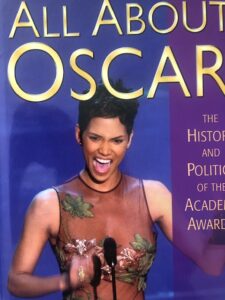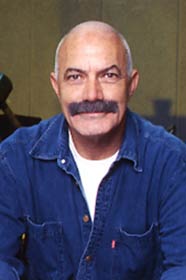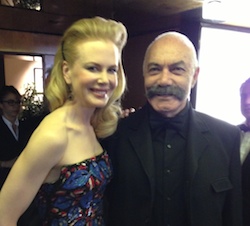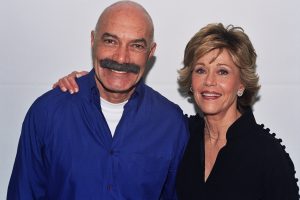Angels With Dirty Faces marked James Cagney’s return to his earlier “specialty,” the gangster melodrama, but this time around with strong social commentary.
Grade: B+ (**** out of *****)
The working title of the picture, which was directed by Michael Curtiz, was “Battle of City Hall,” and indeed, the helmer made a gripping and brisk narrative out of a rather familiar plot.
The yarn bears resemblance to “Manhattan Melodrama,” “San Francisco,” and “Dead End,” in centering on two childhood friends, who grow up to go their different ways to the point of becoming enemies.
Cagney plays Rocky, a slum tough returning home to the Lower East Side after serving time in prison to find he has been eased out of the racket by his former partners, Humphrey Bogart and George Bancroft, who now perceive him as an embarrassing anachronism.
As a gangster with some redeeming human features, Cagney’s character is contrasted with that of Bogart, who has no such features.
Bogart plays James Frazier
Angels With Dirty Faces ranks among Bogart’s best film noirs, alongside his iconic detective movies The Maltese Falcon and The Big Sleep.
As the two old pals struggle over the soul of the city, Bogart plays a selfish crook, the devil himself.
A shrewd and slick picture, “Angels With Dirty Faces” was popular entertainment that benefited from the presence of stars, the intriguing characters they play, and the morality (message) that comes at the tale’s conclusion.
Unlike scores of crime-gangster pictures, the climax is no longer a brilliant action sequence in which Rocky shoots it out with his rivals.
Instead, the priest asks Rocky to destroy his popular image by dying like a coward, suggesting that it calls for a different kind of courage, “the kind that only you and I and God know about. I want you to let them down. They’ve got to despise your memory.”
The ending has prompted a continually asked question: Did Rocky really turn yellow as he walked to the electric chair, or did he just pretend to? Did he repent for the sake of the boys who perceived him as role model, since at first, Rocky had scorned the priest’s request to pretend cowardice.
The movie catapulted the likable Ann Sheridan, a Warner contract player, into stardom.
It also served as an exemplar of Warner’s filmmaking style at its most distinctive and effective.
Sequel
A sequel, Angels Wash Their Faces, directed by Ray Enright, bears little resemblance to the original in dramatic impact or power.
My Oscar Book:
Oscar Alert
Oscar Nominations: 3
Original Story: Rowland Brown
Director: Michael Curtiz
Actor: James Cagney
Oscar Awards: None
Oscar Context:
The winner of the Best Actor was Spencer Tracy for MGM’s Boys Town, which also won the Original Story Oscar for Eleanore Griffin and Dore Schary.
Cagney was earlier cited by the New York Film Critics Circle (NYFCC) as Best Actor.
Michael Curtiz had achieved a record in 1938, getting two Best Director Oscar Nominations; the other was for Four Daughters, the film that made John Garfield a star. But, alas, Curtiz lost the Oscar to a more popular director at the time, Frank Capra for You Can’t Take It With You, a film that also won Best Picture of the Year.
Credits:
Directed by Michael Curtiz
Written by John Wexley, Warren Duff, based on Angels with Dirty Faces by Rowland Brown
Produced by Samuel Bischoff
Cinematography Sol Polito
Edited by Owen Marks
Music by Max Steiner
Distributed by Warner Bros.Release date: November 26, 1938
Written by John Wexley, Warren Duff, based on Angels with Dirty Faces by Rowland Brown
Produced by Samuel Bischoff
Cinematography Sol Polito
Edited by Owen Marks
Music by Max Steiner
Distributed by Warner Bros.Release date: November 26, 1938
Running time: 97 minutes
Box office $1.7 million












